Chmod Command In Linux Use
It also allows to change the file permission recursively to configure multiple files and sub-directories using a single command.
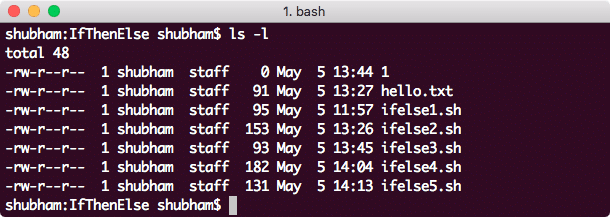
Chmod command in linux use. Conclusion # You successfully learned how to use chmod command to set or change the file and directories permissions using either the symbolic or numeric mode. The first 7 sets the permissions for the user, the second 7 sets the permissions for the group, and. Owner, group, and everyone.
Chmod never changes the permissions of symbolic links;. Chmod -R MODE DIRECTORY. In Linux, who can do what to a file or directory is controlled through sets of.
By using this command, we can set the read, write, and execute permissions for all three of the permission groups (Owner, Group and Other) in Linux. Ls -l /bin/su ls -l /bin/ping ls -l /bin/mount ls -l /bin/umount ls -l /usr/bin/passwd. Chmod command accepts arguments in two notations;.
There are two methods by which we can change the permissions:. The chmod command in Linux/Unix is abbreviated as CH ange MOD e. Sudo - gives super user access to.
In a previous article, we looked at how to manage file & directory ownership using the chown command. The Linux command to change permissions on a file or directory is chmod, which we like to read as change file mode. Use the chown command to change file owner and group information.
Viewing and Understanding File Permissions. Note the filenames are highlighted in red, which indicates the SUID bit is set. It is also used to change special mode flags.
We use the chmod command to do this, and eventually to chmod has become an almost acceptable English verb, meaning the changing of the access mode of a file. The highly productive Linux system offers various levels of permission to ensure that the user has enough ways to interact with files and directories. On a particular directory if you have multiple sub-directories and files, the following command will assign execute permission only to all the sub-directories in the current directory (not the files in the current directory).
Chmod has two operating modes:. It works identically for both files and directories. It contains a comprehensive description of how to define and specify file permissions.
To change permission using the Linux chmod command we have to follow some syntax and rules. We run the chmod command command to change file access permissions such as read, write, and access. Edited Jun 10 ’11 at 19:57.
To change permission using the Linux chmod command we have to follow some syntax and rules. However, for each symbolic link listed on the command line, chmod changes the permissions of the pointed-to file. To know about the access permissions of a file or directory, use the ls -l command as shown below:.
The name speaks for itself. In this examples we will enable group execution of file app.sh $ chmod g+x app.sh Change File Mode For Other. I know that I can use the stat command to check the Octal file level permission of each component and then use if-else to toggle the file permission, but is there any single line approach using find and xargs to first check what permission the file/directory has, and then use chmod to change it to 755 if it is set to something else.
The chmod command stands for change mode… and it’s used to limit access to resources…. Others is special group which covers all users in a Linux system. Chmod (change mode) is one of the most frequently used commands in unix or linux operating system.
In this tutorial, you will learn how to use chmod recursively and change file permission on Linux. The command that executes such tasks is the chmod command. Chmod Command in Linux Linux File Permission Introduction to Linux File Permission.
We can use the -l (long format) option to have ls list the file permissions. For detailed online information about the `chmod' command, enter. If you ever need to say it out loud, just pronounce it exactly as it looks:.
Creating a Bash File. How to Use the chmod Command on Linux chmod Modifies File Permissions. In general, chmod commands take the form:.
In this tutorial, we look at the chmod. Give the file’s owner read, write and execute permissions, read and execute permissions to group members. The chmod command (abbreviated from change mode) is a Unix command that lets an operator tell the system how much (or little) access it should permit to a file.
For more information about file modes, see What Are File Permissions, And How Do They Work?. The weird strings you see on each file line, like drwxr-xr-x, define the permissions of the file or folder. The general syntax to recursively change the file’s permissions is as follows:.
How does chmod work?. Chmod command is useful to change permission for Files and folders in Linux/Unix. It is possible to use these features on directories of all levels and all files within those directories, individually or as a group.
It means same command is used to update the permission types for both files and directories. The request is filtered by the umask. Chmod is an abbreviation for change mode;.
First, you should know what permissions a file has. In Linux/Unix like operating system, the chmod command is used to change the access mode of a file. The chmod command is used to modify the permission types for files and directories.
Every file in the Linux / macOS Operating Systems (and UNIX systems in general) has 3 permissions:. To recursively operate on all files and directories under a given directory, use the chmod command with the -R, (--recursive) option. The modes are only applied to the appropriate classes, regardless of whether or not other classes are specified.
Basic “chmod” Command examples in Linux. The name is an abbreviation of change mode. The chmod also called change mode that is used to change permissions of a given file according to a certain mode.
To use chmod, you need to know about access modes.Each file on a Linux system has nine access modes (or settings) that determine exactly who can. Learn how to use the chmod command – the command for changing permissions on files. The chmod command lets you change the permissions for a Linux file.
This is not a problem since the permissions of symbolic links are never used. $ ls -l sample.sh -rwx-rw-r-- 1 matt deploy 94 Oct 4 03:12 sample.sh. This is not a prob‐ lem since the permissions of symbolic links are never used.
Using Chmod Command to Change File Permissions As all Linux users, you will at some point need to modify the permission settings of a file/directory. To create directories in Linux, you can open Terminal and use the command line with the mkdir command. In our documentation of the umask command.
Before explaining the syntax of the chmod command, you need to look at the cryptic way Linux reports file permissions. Linux Commands That Use SUID. Give the file’s owner read and write permissions and only read permissions to group members and all other users:.
You can also create a directory and set permissions at the same time. The command chmod can be followed by the “options” element which allows further options of the chmod command to be defined.The element “mode” represents the so-called umask that is applied to the “file” (which can also be a directory).This mask contains the information responsible for determining whether or not a user class should receive new access rights or be removed of the. Like verbose but report only when a change is made –reference= FILE :.
It is used to change the permission for files and folders. The following are a few of the Linux commands that use the SUID bit to give the command elevated privileges when run by a regular user:. The chmod command allows you to change the permissions of files using symbolic or numeric mode.
Chmod never changes the permissions of symbolic links;. The Linux command chmod allows you to control exactly who is able to read, edit, or run your files. The chmod command is used to change the file or directory access permissions.
In Linux / Unix systems, accessibility to files and directories is determined by file ownership and permissions. Chmod o-r-w file chmod o+rx file chmod o=rx file chmod o=r+x file Which of the following commands sets “other” permissions on file to r-x?. To use the chmod command in Linux.
How To Change File Permissions In Linux Using ‘chmod’ Command. File/Directory permission is either Read or Write or executable for either user or group or others. Chmod - Unix, Linux Command - chmod - To change access permissions, change mode.
$ chmod u+x app.sh Change File Mode For Group. In simple language, you can change the permissions of files and directories in Linux using chmod command. It’s a same as using your mouse to right-click a file or folder and selecting the permission tabs and.
Command chmod 666 means that all users will have read and write permissions. To put it simply, use chmod command to change the file or directory permissions. You need to execute ls –l command.
15-05-19 In Unix-like operating systems, the chmod command is used to change the access mode of a file. The chmod system call cannot change their permissions. More Information on.
The chmod and chown commands are powerful and most popular command line tool that can be used to control access to files in Linux-based operating systems. How‐ ever, for each symbolic link listed on the command line, chmod changes the permissions of the pointed-to file. The chown command stands for “change owner” is used to change the owner.
Chmod 775 file chmod 776 file chmod 777 file chmod 774READ MORE. $ chmod u+X *. For a file codesudo chmod 777 file /codeFor a folder you need to use recursion codesudo chmod -R 777 folder /codeBreakdown:.
The only tricky part is understanding that there are two ways to represent file permissions. Chmod command in Linux with examples Last Updated:. Chmod command in Linux -v :.
Users can simply modify file permissions using the chmod (change mode) command. How to Use the chmod Command in Linux Command Syntax. NDG Linux Essentials 2.0 Chapter 17 Exam Answers Which of the following commands set “other” permissions on file to r-x?.
Chmod stands for “ Change Mode ” and is used to modify the permissions of files and directories in a Linux based system. Use FILE’s mode instead of MODE values – R :. Chmod command in Linux is used to change or assign permissions on files and directories.
Linux File Permission :. In this tutorial, I am going through the steps to create a bash script and to make the script executable using the chmod command. We can use g group before the plus in order to enable group execution right of the given file.
The chmod command is used to define or change permissioins or modes on files and limit access to only those who are allowed access… It changes the mode of each FILE to MODE…. These permissions are given to file/folder to provide a secure environment to the OS, efficient management of a file and high-level access to the users accessing the files/ folders. The command name chmod stands for "change mode." It restricts the way a file can be accessed.
In this, the 9 characters from 2nd to 10th position represents the permissions for the 3 types of users. Go to file location using the cd command and then execute ls –l command. The first step is to create a new text file with .sh extension using the following command.
Chmod go-rx ~ As you can see, a + sign used with `chmod' adds accessibility and a - sign takes it away. Once you create a new directory in Linux, then you can change permissions and create folders within the directory. If you need to change a file permission, use the chmod command.
Actually, chmod Command in Linux plays a greater role to keep all the files and directories of the system safe and secure so that no unauthorized person. With the concepts mentioned in this article, you are equipped with sufficient knowledge to handle permissions in Linux-based distros. After that, you will be able to run it without using the sh or bash commands.
The chmod system call cannot change their permissions. Go into a folder, and run the ls -al command. Linux grants three different types of permissions — read, write, and execute — for three different scopes:.
Output a diagnostic for every file processed -c :. Below is a list of numerical permissions that can be set for the user, group, and everyone else on the. The chmod command is also capable of changing the additional permissions or special modes of a file or directory.
The chmod command A normal consequence of applying strict file permissions, and sometimes a nuisance, is that access rights will need to be changed for all kinds of reasons. In Unix and Unix-like operating systems, chmod is the command and system call which is used to change the access permissions of file system objects (files and directories). Linux file permission is a very important aspects in terms of security issues for the system administrator of Linux Operating System.
This page explains how to use chmod and chown command on Linux or Unix-like systems. The symbolic modes use ' s ' to represent the setuid and setgid modes, and ' t ' to represent the sticky mode.

Whatever You Knew About Chmod Is Wrong Alien Coders

How To Change File Permissions Recursively With Chmod In Linux
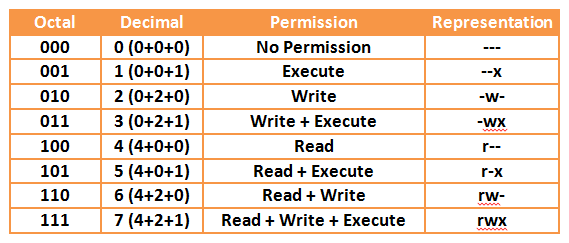
Your Own Linux Chmod Basics Of Files Directories Permissions And Use Of Chmod
Chmod Command In Linux Use のギャラリー

How To Use Chmod And Chown Command Nixcraft

Linux Chapter 3 Permission Management Commands Change File Permissions Chmod 777 Root A Programmer Sought
Q Tbn 3aand9gcq1nsq3kxri7ryrifobs2rfobawbv4hezfw9 Ldf4feblahyn09 Usqp Cau

Linux Chmod Command Dracula Servers Tutorials
:max_bytes(150000):strip_icc()/i7guGwCYcn-34e068e148ae4e918b29c86cd2d5740e.png)
Configuring Unix Linux File And Directory Access Rights

Chmod 777 What Does It Really Mean Make Tech Easier

Chmod 7777
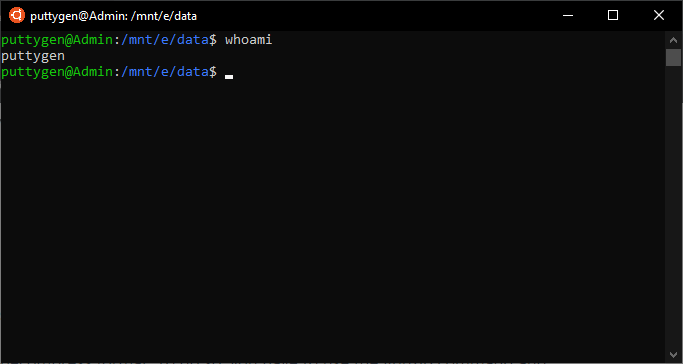
Top 50 Linux Commands With Example

How To Use Chmod And Chown Command Nixcraft
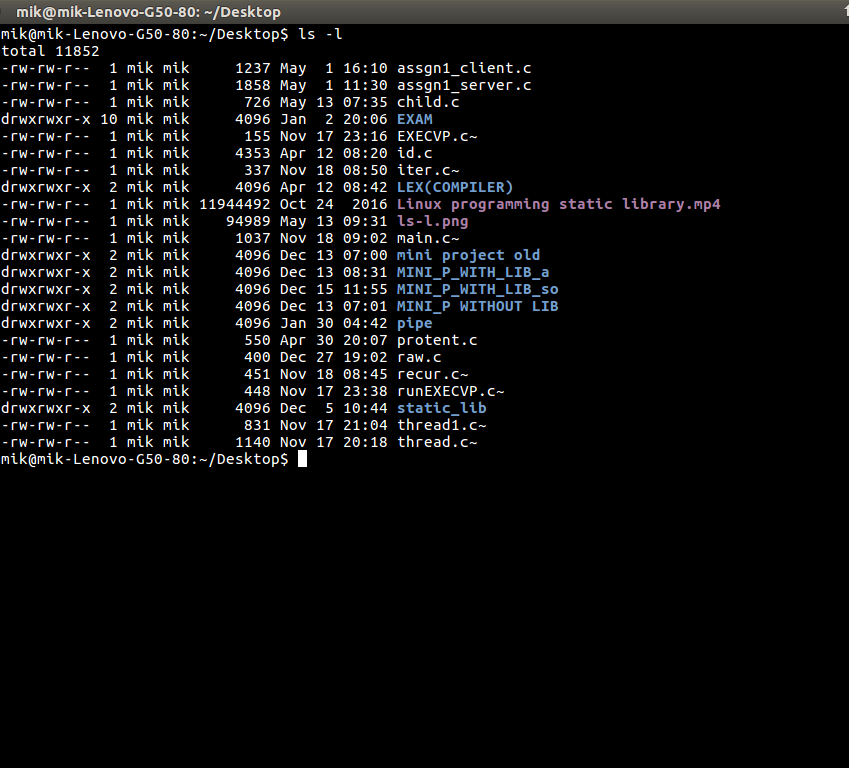
Chmod Command In Linux With Examples Geeksforgeeks

11 Popular Unix Linux Chmod Command Examples To Change File Permissions Cyberithub

Chmod Chown Wsl Improvements Windows Command Line

Understanding Linux Permissions And Chmod Usage

File Permissions Linuxhowto Net

Restore Executable Permission To Chmod Command In Linux Ostechnix

Some Helpful Linux Commands Recently For A Coding Challenge I Was By Kate Schlunz Medium
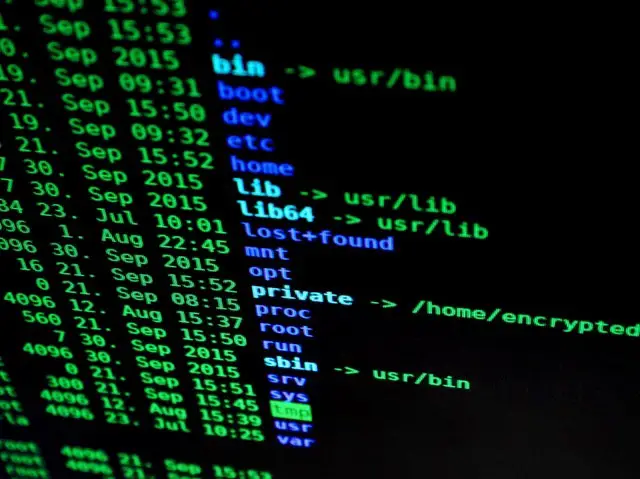
An Introduction To Linux File Permissions Boolean World
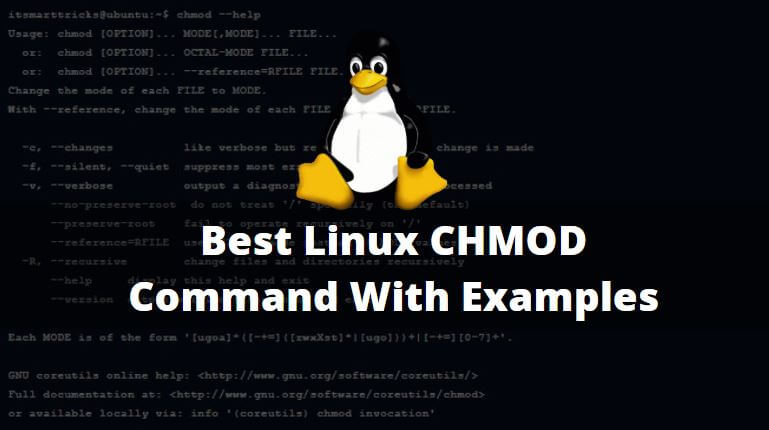
Best Linux Chmod Command With Examples It Smart Tricks
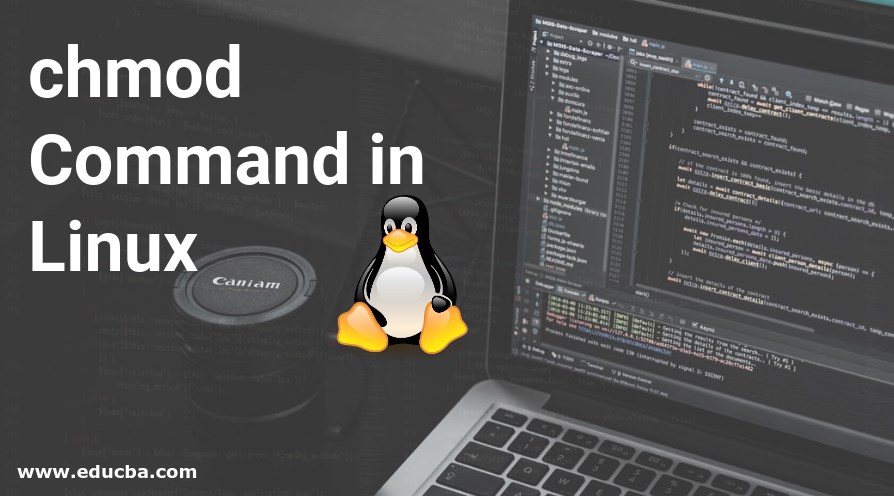
Chmod Command In Linux Operators Used In Chmod Command
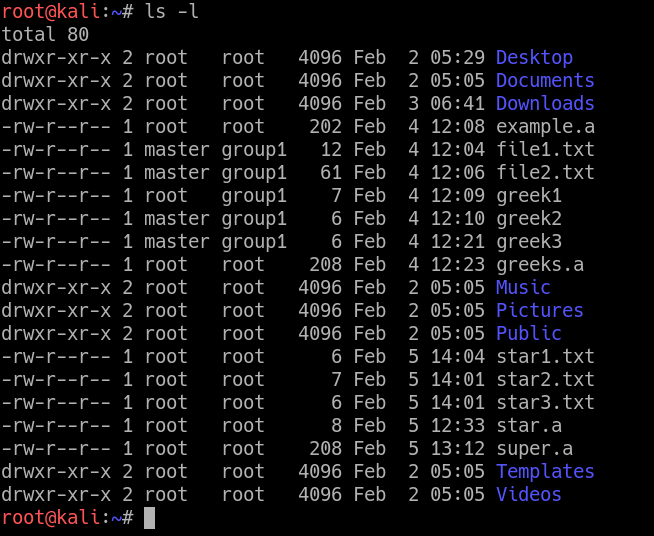
Chown Command In Linux With Examples Geeksforgeeks

Use Of Chmod Command In Linux Devopsdex

Umask Wikipedia

Use Of Chmod Command In Linux Devopsdex

How To Copy File Permissions And Ownership To Another File In Linux

Linux Chmod Command Utility Software Computer File
/GettyImages-1021092796-ea8c63ee76f84bd5bf98c4222337fbb4.jpg)
How To Use The Chmod Command In Linux
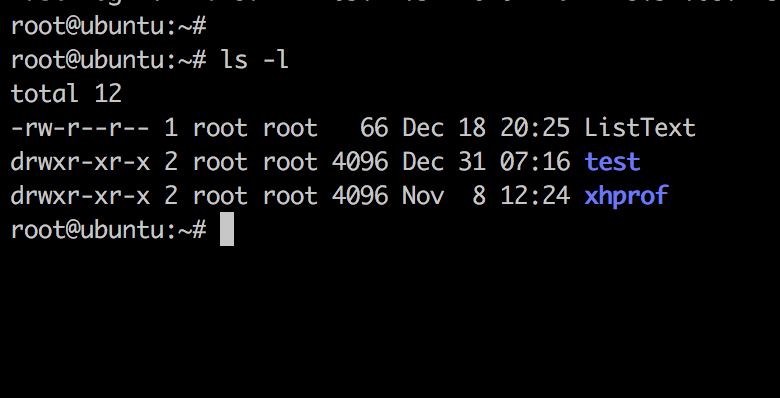
Linux Chmod Command Linuxfordevices

Command Line I Can T Change Mode For Some Directories Using Chmod Ask Ubuntu

Chmod Command In Linux File Permissions Designlinux
Q Tbn 3aand9gcq2oq90gyu7qjtwwppsiodhgqotjbz3awrstnhczkm6hwgdiahx Usqp Cau

Linux Terminal File Permissions Chmod Chown And Chgrp Youtube

Chmod How To Set File And Directory Permission In Linux Using Chmod Youtube
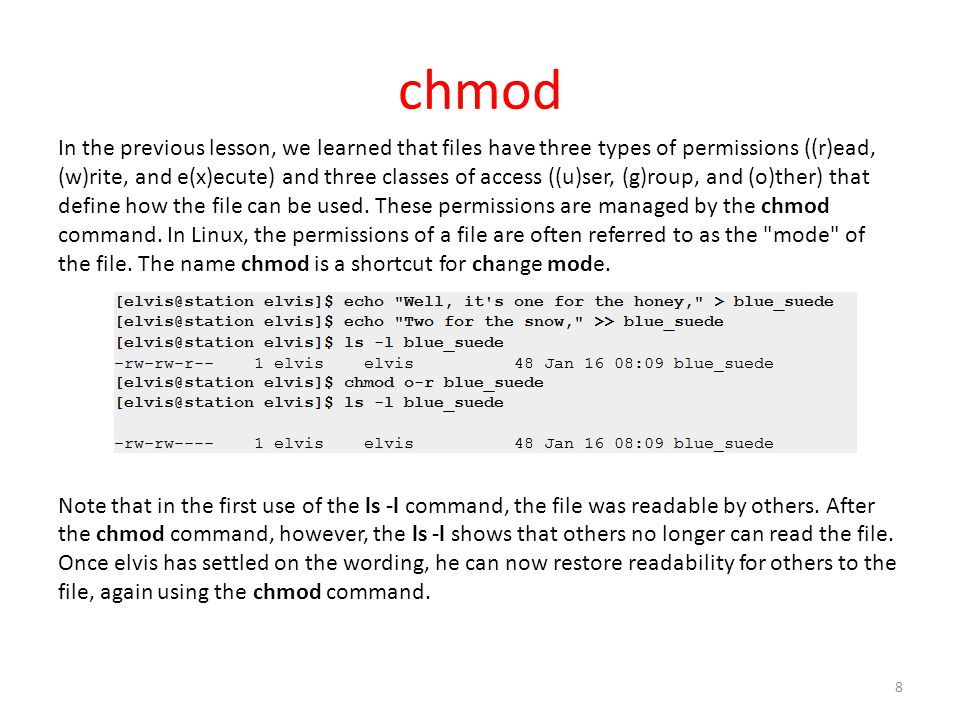
Workbook 4 File Ownerships And Permissions Ppt Video Online Download

Linux Commands Most Important Linux Commands Edureka

Chmod Command In Unix Learn Unix Online Fresh2refresh Com
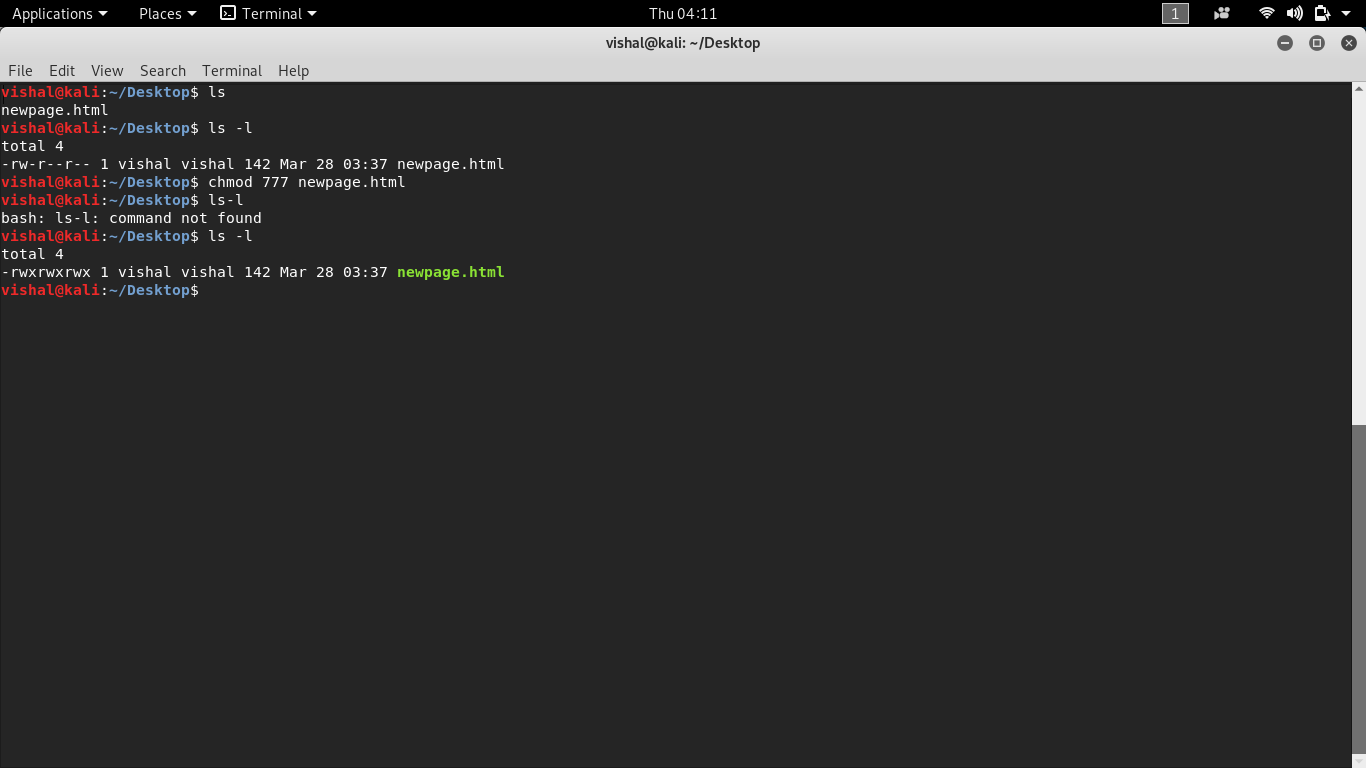
Unix Commands Basic To Advanced Unix Commands With Example

Chmod Command In Linux With Examples Geeksforgeeks

Linux File Permissions Tutorial How To View And Change Permission

Solved Problem 7 12 Points Answer The Following Questi Chegg Com

How To Run Sh File In Linux How To Use Linux

How To Use The Chmod Command On Linux

How To Run A Script In Linux Nixcraft

Numeric Permissions Table Linux Chmod Command Linux Permissions

Tree Command In Linux With Examples Geeksforgeeks

How To Chmod Files Only On Linux

Linux Chmod Example Linux Hint

Quick Answer How To Run Executable File In Linux Os Today
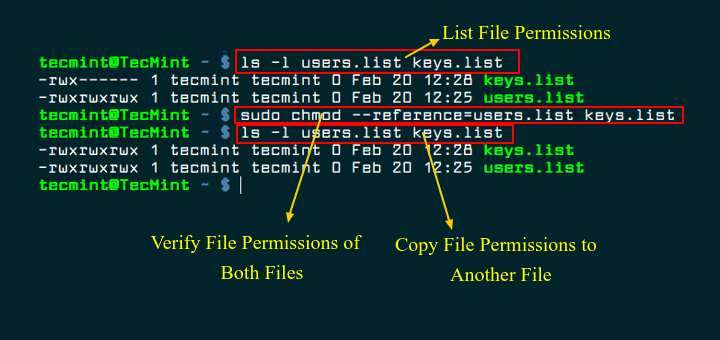
How To Copy File Permissions And Ownership To Another File In Linux

Change File And Folder Permission On Ubuntu Chmod Chown Command In Linux Youtube

Javarevisited 10 Example Of Chmod Command In Unix Linux

Chown And Chmod Command Usage In Linux System Develop Paper

How To Copy Files Using The Install Command On Linux

Use Of Chmod Command In Linux Devopsdex

Linux File Permission Change By Chmod Command In Linux Guide For Beginners

Use Of Chmod Command In Linux Devopsdex

Chmod 777 755 655 644 And More Permissions Linux Files Tutorials

Linux File System Permissions Using Chmod Command Linux Tutorial 19 Youtube

How To Use The Chmod Command On Linux

Lock Usb Devices With Chmod Command In Linux Tutorials

Chmod Recursive Change Permissions Recursively On Files Folders

9 Quick Chmod Command Examples In Linux

Linux Chmod Command Tutorial With Examples To Change Permission Of Files And Folders Poftut

How To Use Chmod Command In Linux Explained With Examples

Lab 4 Manuel Montiel S Eportfolio

Linux Command Line Basics Part 4 I Have A Pc I Have A Pc

Linux Permissions Posix Chmod Chown Chgrp Youtube
Q Tbn 3aand9gcr2lfpzbutqythmvbwafnxvyggqfj7hnw6fhh Kcozkk8m5 V7o Usqp Cau
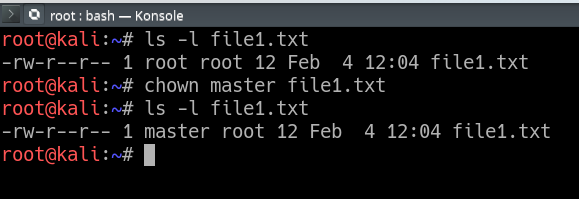
Chown Command In Linux With Examples Geeksforgeeks

Linux Commands Chmod

How To Use The Chmod Command On Linux
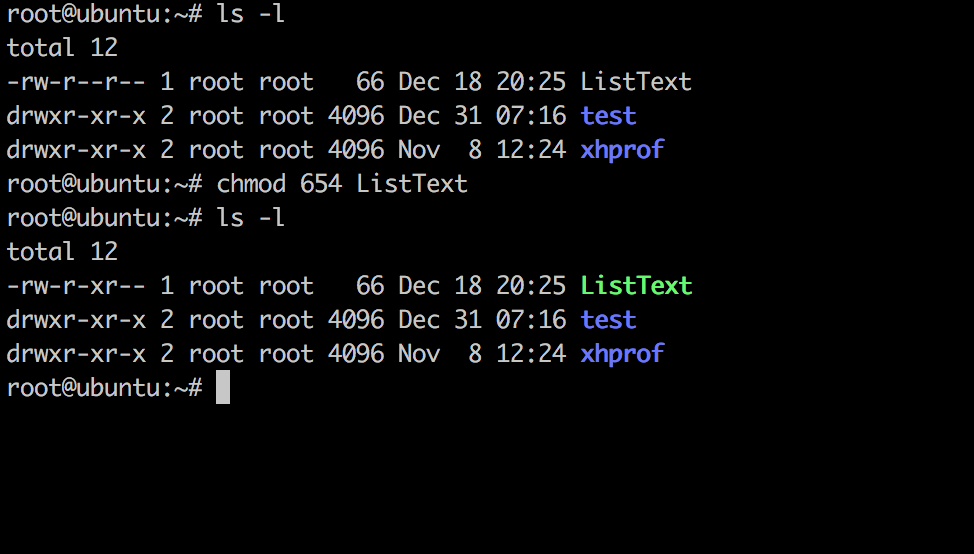
Linux Chmod Command Linuxfordevices
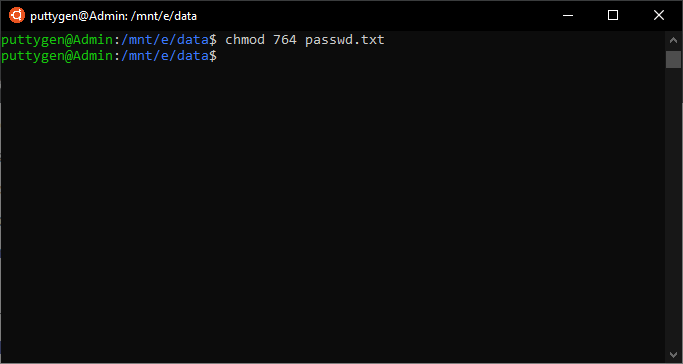
Top 50 Linux Commands With Example

How To Use The Chmod Command On Ubuntu 16 04 18 04 With Examples Website For Students

How To Use Chmod And Chown Command In Linux

Chmod Wikipedia

Chmod Recursive Change Permissions Recursively On Files Folders
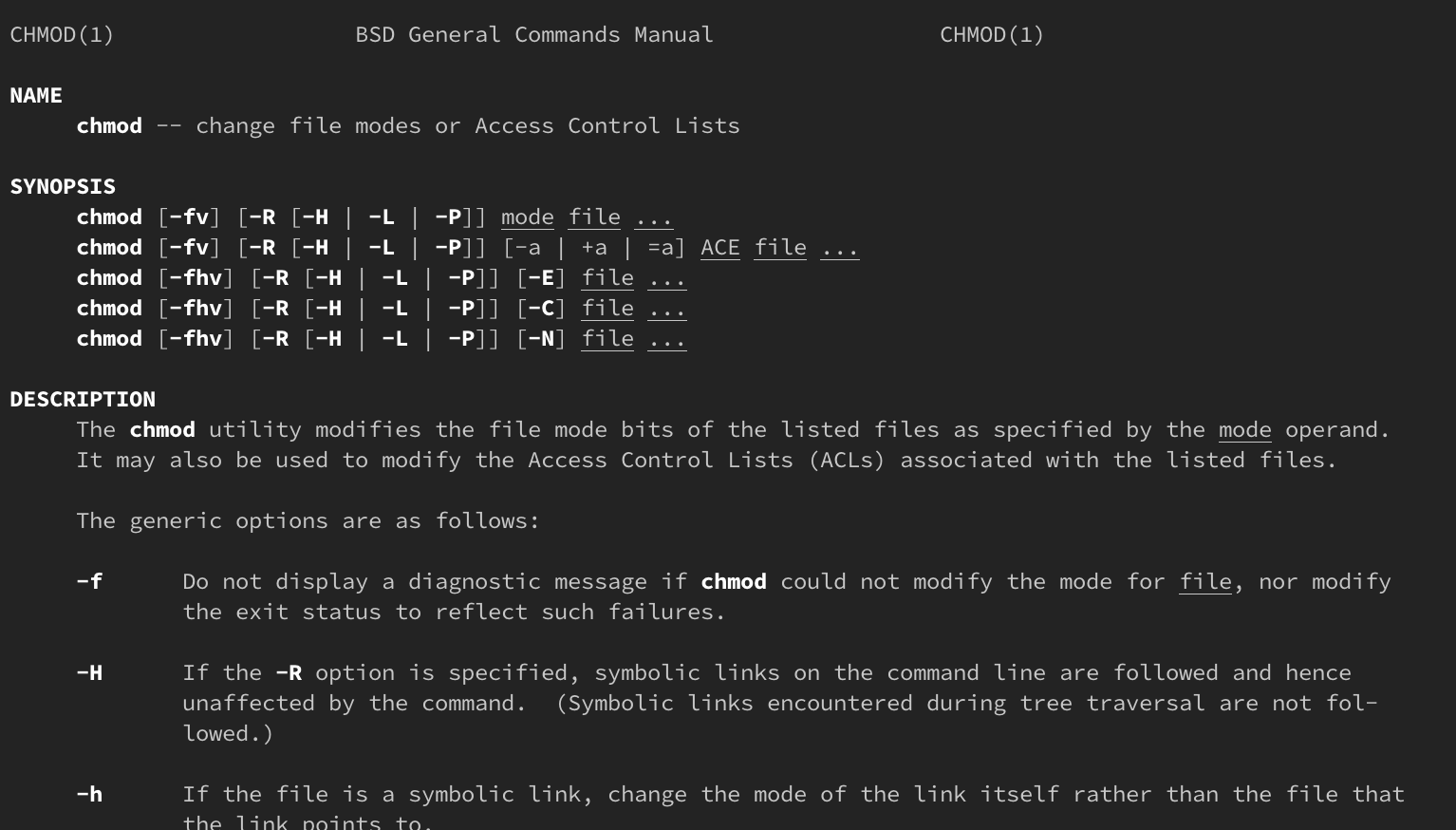
How Do Linux Permissions Work

Chmod Recursive Change Permissions Recursively On Files Folders

Explained How To Use Chmod Command Complete Guide Youtube

Chmod 777 In Terminal The Command To Make All Changes Affect Every File And Folder Ask Ubuntu

8 Linux Chmod Command Examples To Understand It The Linux Juggernaut

How To Use The Chmod Terminal Command In Ubuntu Linux Operating Systems Wonderhowto

Linux Chmod Command Javatpoint
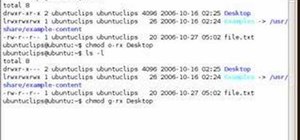
How To Use The Chmod Terminal Command In Ubuntu Linux Operating Systems Wonderhowto

Explained How To Use Chmod Command Complete Guide Youtube

The Basics Of The Chmod Command Pi My Life Up

Chmod Recursive Change Permissions Recursively On Files Folders

How To Use Chmod Command In Linux Explained With Examples

Chmod Recursive Change Permissions Recursively On Files Folders
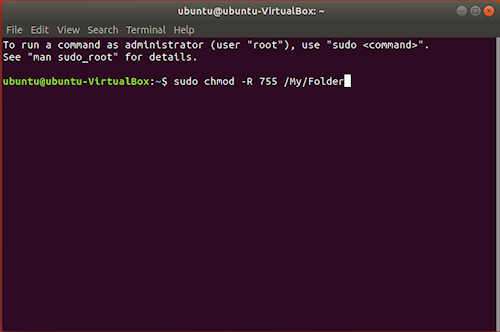
Introduction To Linux File Permissions Attributes Chmod Globo Tech
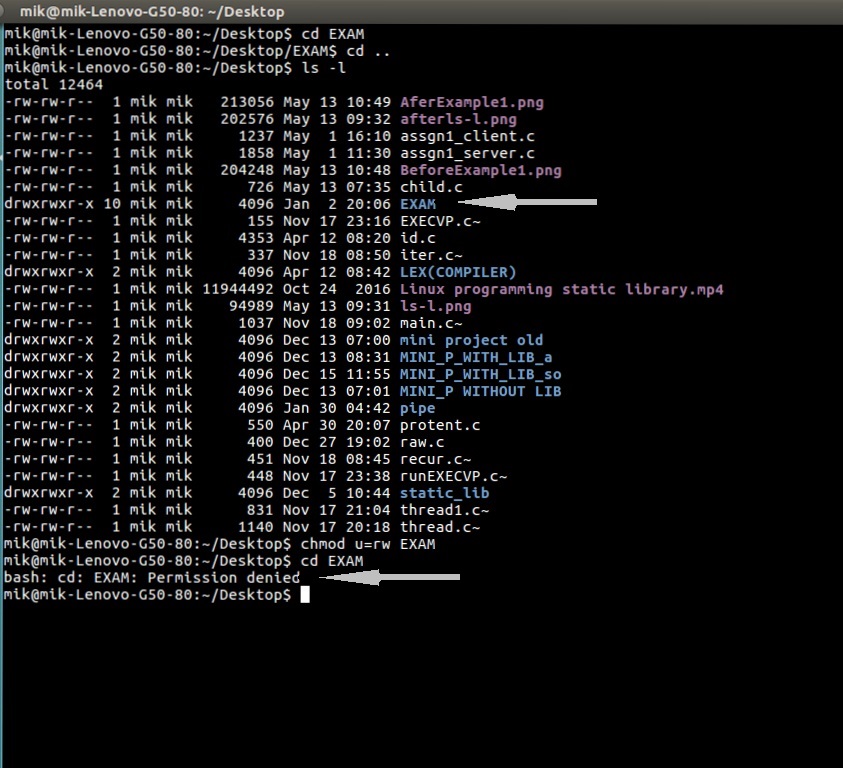
Chmod Command In Linux With Examples Geeksforgeeks

How To Use The Chmod Command On Linux

How To Use Chmod Command In Linux Explained With Examples
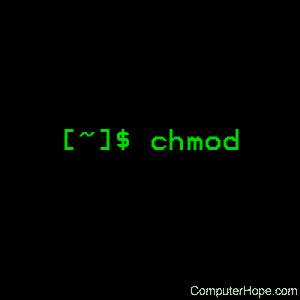
Linux Chmod Command Help And Examples

Setting File And Directory Permissions Computational And Information Systems Laboratory
1

How To Use The Chmod Command 2 Minute Linux Tips Network World
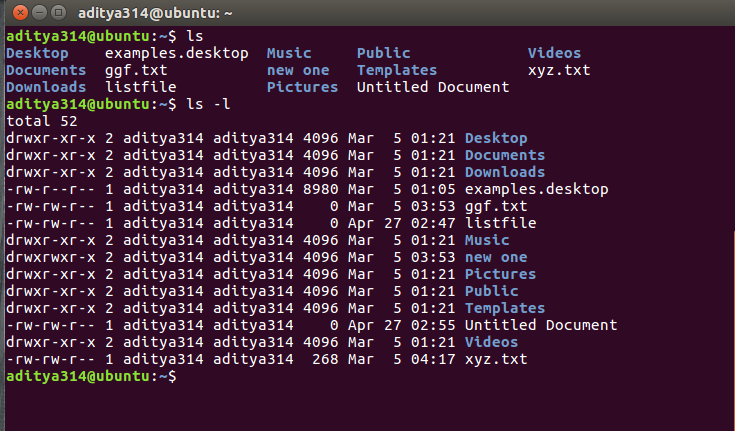
Permissions In Linux Geeksforgeeks

Executable How To Execute A Sh File Ask Ubuntu

Learning The Shell Lesson 9 Permissions

Use Of Chmod Command In Linux Devopsdex



